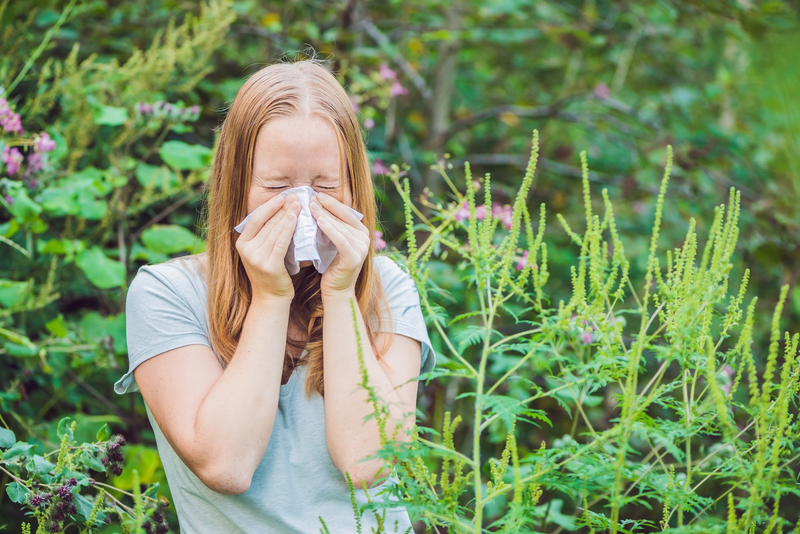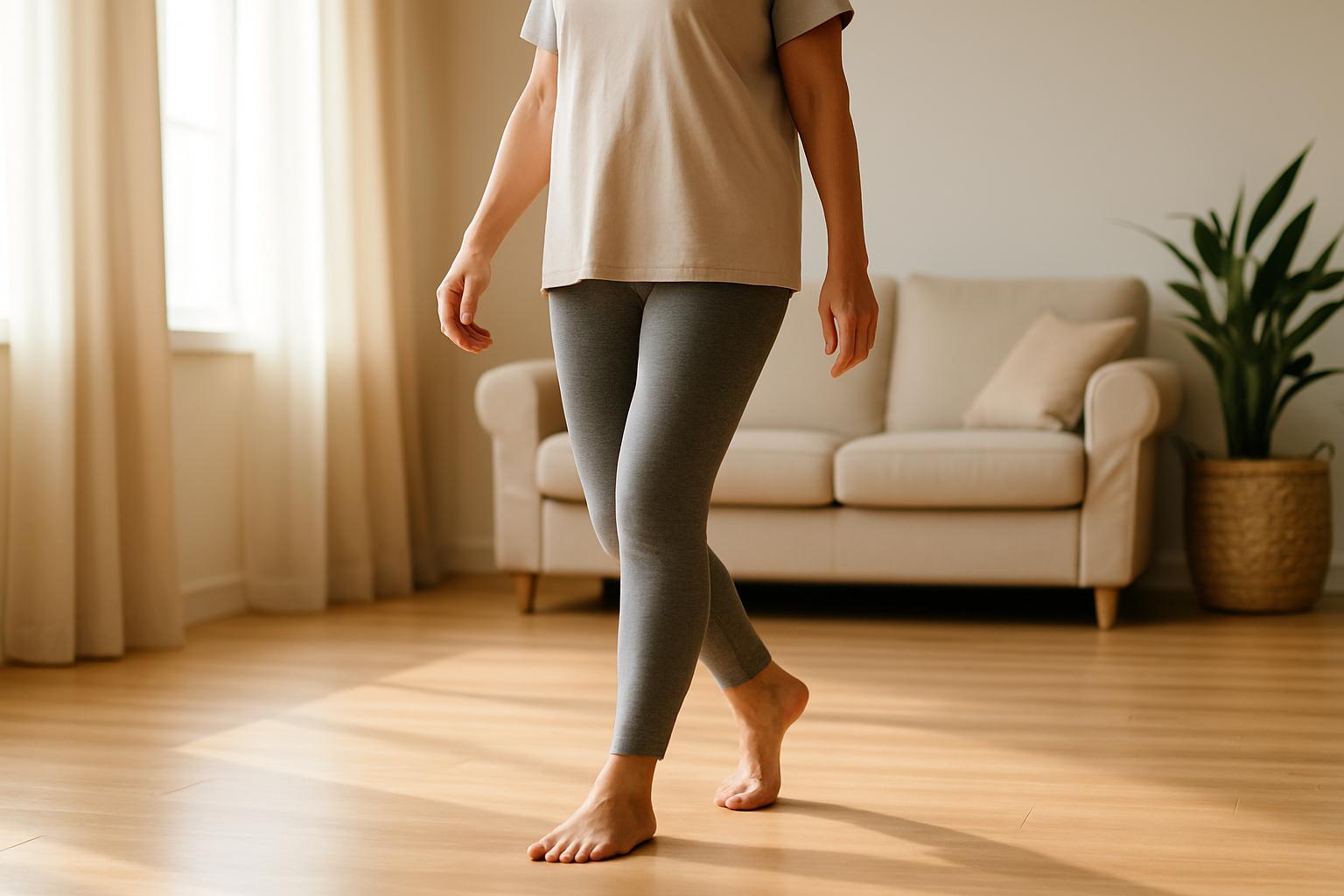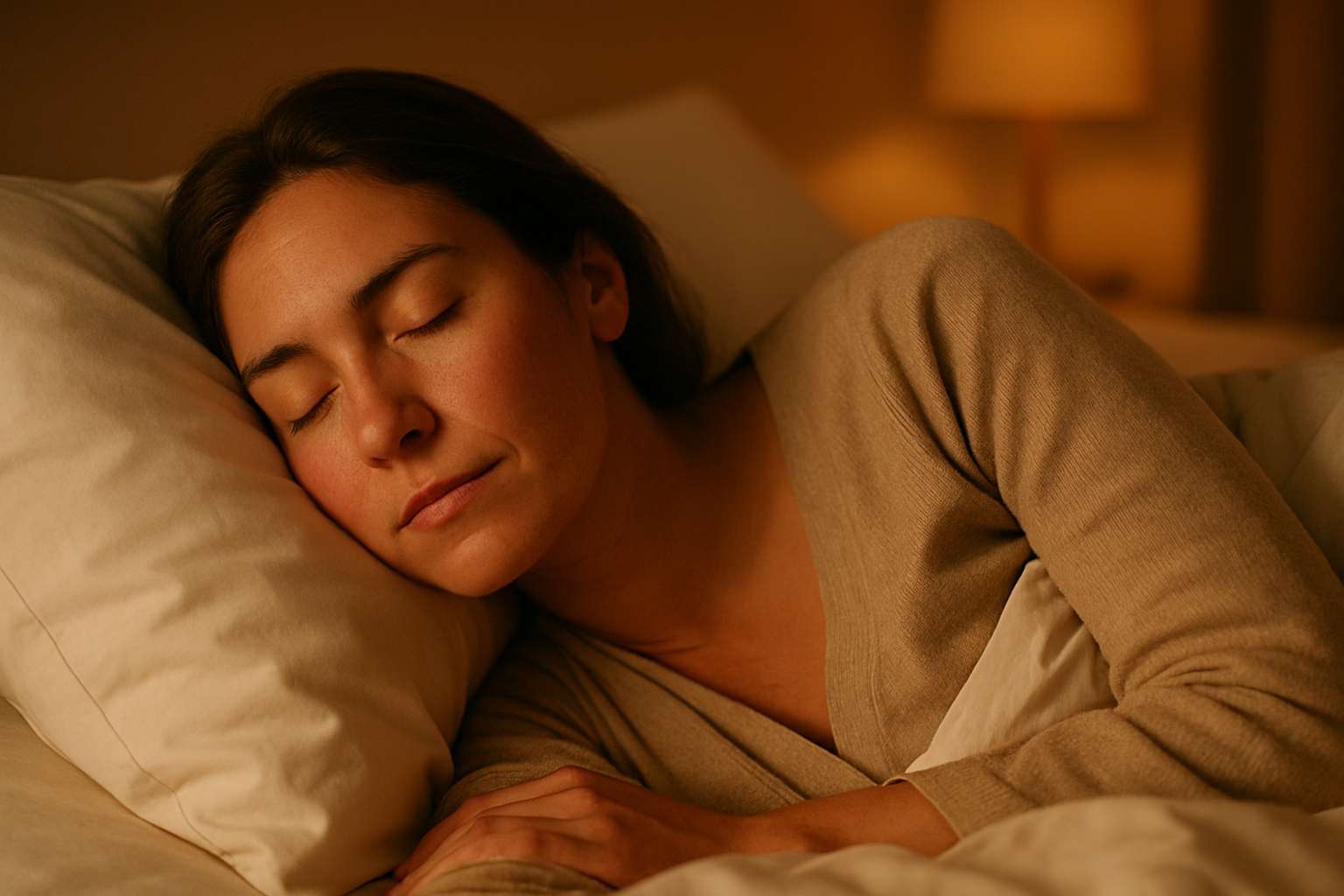Even the healthiest of individuals can fall victim to hay fever. Our bodies don’t always react well to spring blooms and pollen-packed air, but this doesn’t me we have to stay trapped inside or rely on medication. This age-old condition was met with an ancient Chinese medicine-based solution many years ago, acupuncture for hay fever.
Treating hay fever is about calming and conditioning the body to react normally to stimuli like hay and pollen. Acupuncture for pollen allergies has the ability to help our bodies make this shift in a natural way that does not require conventional medication. Hay fever acupuncture points aren’t just directed towards calming symptoms. They are preventative too, which is why you shouldn’t just rely on any generic allergy symptom acupressure point.
Can Acupuncture Help With Hayfever?
Hay fever is seen across the globe in about 20% to 30% of the global population. The prevalence of this issue has drawn a lot of medical attention from both modern and historical practices. As a result, this condition has been the focus of many studies.
The results of recent clinical trials strongly support acupuncture for hay fever as an effective treatment for the nasal, conjunctival, and cutaneous symptoms associated with hay fever. While these results are significant, they are generally symptom focused instead of being focused on hay fever as a whole.
As more research emerges with a focus on hay fever and acupuncture, as opposed to its symptoms, we can expect to see promising results. The history of acupuncture’s healing abilities may not be considered modern research, but it is still very significant and promising.
How Does Acupuncture Help Hayfever?
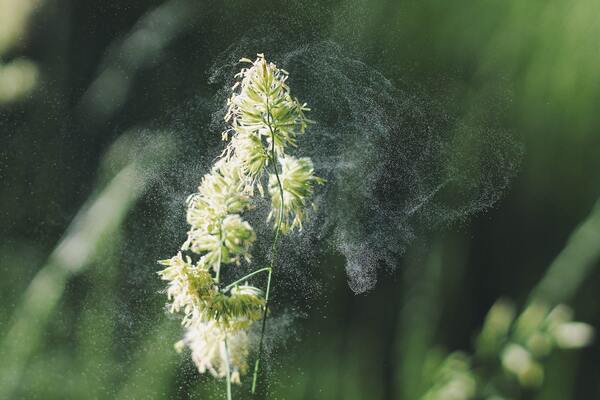
Real acupuncture for hay fever works by both treating the root of the fever and its associated symptoms. Acupressure points for allergy relief tend to relieve the body of stagnant energy and improve the circulation in blood vessels in relation to heavily affected points, like the sinuses. Hay fever is often a burden because of how debilitating the symptoms can be, so finding symptom relief is a key factor in beating hay fever.
Acupuncture may not be able to stop grass pollen and other allergens from circulating in the air, but it can help your body react more appropriately to these stimuli. Acupressure can balance the body, including the immune system, which is often responsible for overreacting to pollen and causing fever-like symptoms. Studies have found that acupuncture can significantly lower IgE levels, and minimizing this immunoglobulin is key for managing allergic reactions.
How Long Does Acupuncture Take To Work For Allergies?
The amount of time it takes for an individual to find allergy relief while using acupuncture for hay fever is entirely dependent on their body’s reactivity and the severity of their symptoms. In previous studies, individuals notice improvement after just a few acupuncture therapies, while others may need regular treatments to maintain control over their allergies.
When it comes to minimizing allergic reactions and avoiding conditions like hay fever, proactive action is generally considered to be best. Stimulating acupressure points that help with allergies weeks before pollen even enters the air can prepare your body and put you at an advantage.
In cases where you are already experiencing allergies, it may even be helpful to combine acupuncture with other forms of treatment, like herbal medicine or conventional medicine. This can help speed up your healing process.
Acupoint: Bl-1 (Other Names: Urinary Bladder-1/Jing Ming/Bright Eyes)
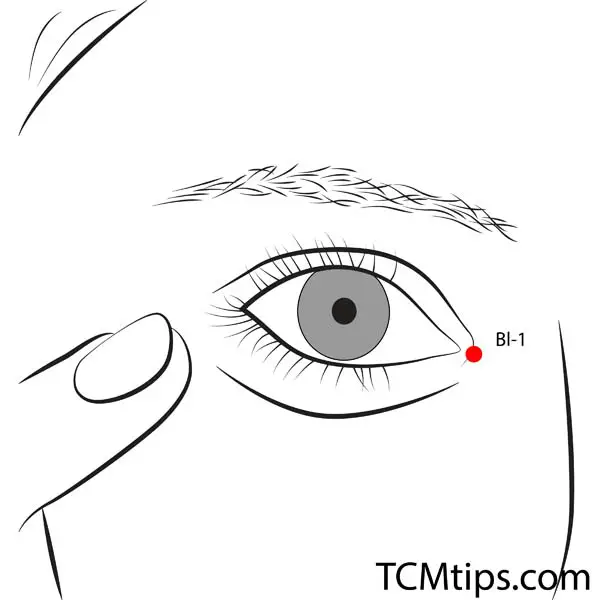
Allergies always seem to affect the eyes. For some individuals, this may be a sense of itchiness around the eyes, while others experience inflammation and redness. Hay fever causes irritation in and around the conjunctiva, which is why acupuncture for puffy eyes can also benefit allergies.
Bladder point 1 is ideal for healing the eyes of any discomfort or damage. When this point is activated, nerve function and circulation in the eyes are enhanced. As a result, the eyes are relieved of allergy-induced discomfort.
Bl-1, also known as Jingming, can be found in the inner corner of each eye. This is a very sensitive area, especially when it is afflicted by allergies, so be gentle while applying pressure. It is best to apply pressure using your fingers to ensure you have full control and don’t press too hard, so make sure your hands are free of any allergens before touching your face.
Acupoint: LI-20 (Other Names: Large Intestine-20/Ying Xiang/Welcome Fragrance)
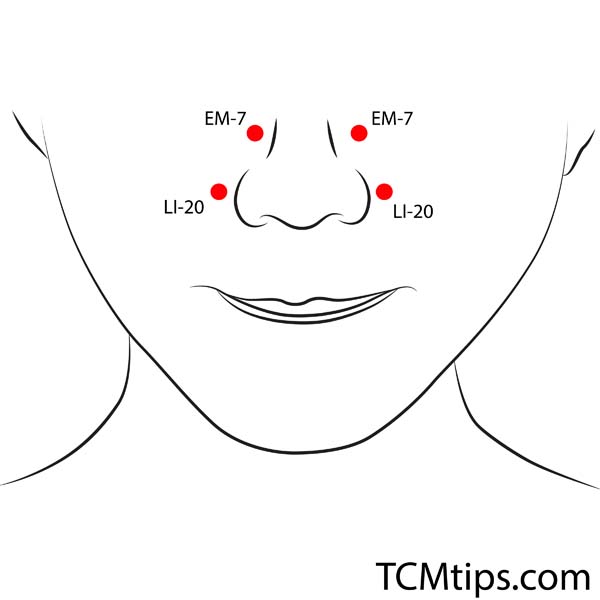
It is a fortunate fact that some acupressure points for skin tightening are also effective when it comes to treating hay fever. The LI-20 is one such point, and beyond its use for beauty, it also has the ability to reduce the nasal congestion associated with hay fever. This large intestine point is capable of opening up the nasal passages and relieving inflammation.
You can locate LI-20 near the outer edge of each nostril. To be more specific, it is located where the cheek meets the nostril, approximately halfway up the outer edge of the nostril. It is important to stimulate this point on both sides of your nose to ensure balanced healing and congestion relief.
Acupoint: EM-2 (Other Names: Yin Tang/Hall of Impression)
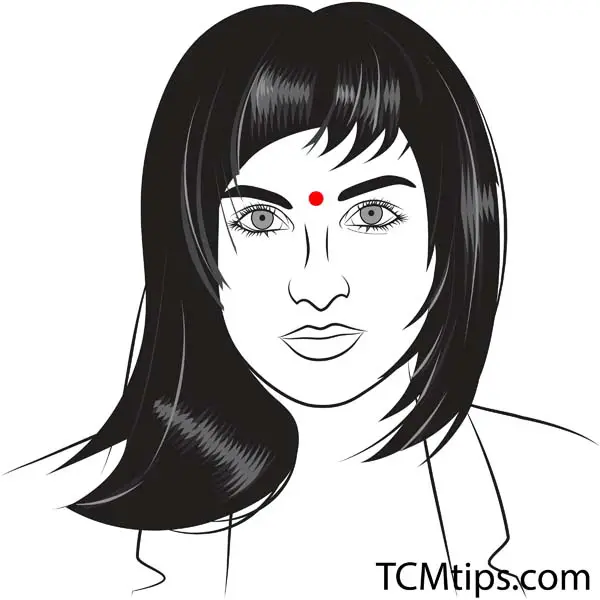
Pressure tends to build in the face and head when you are suffering from hay fever. This pressure may be different from the cranial pressure experienced with some mood disorders, but acupressure points for depression and hay fever are closely related because of their ability to release pressure. EM-2, also called Yin Tang, is known for its ability to clear the mind. However, it can also clear the sinuses.
Yin Tang can reduce the discomfort of itchy eyes and treat a stuffy nose. Best of all, this is a singular point that is not mirrored due to its location. You will find EM-2 right between your eyebrows. To activate this point, you should apply pressure with your thumb while making slow circular motions 20 times.
Acupoint: ST-1 (Other Names: Stomach-1/Cheng Qi/Tears Container)
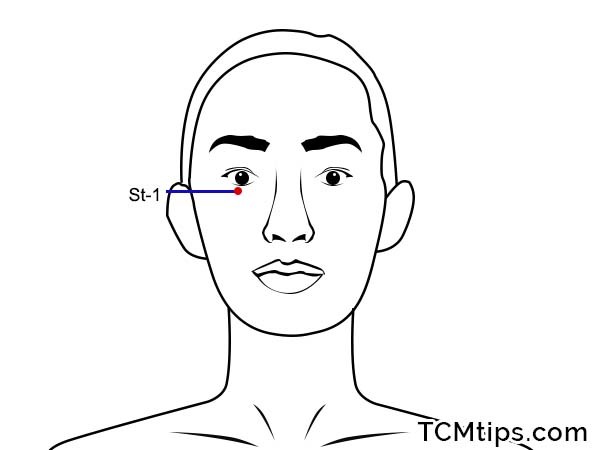
Inflammation around the eyes is one of the most notable and bothersome symptoms associated with hay fever. Acupressure for inflammation can decrease that inflammation, and ST-1 is the perfect point for healing the eyes. When the stomach channel 1 point is stimulated, redness, swelling, and pain around the eye are relieved.
This point is located under each eye and falls directly in line with the pupil when you are looking forward. Trace downward from your pupil until you feel the point where your cheekbone ends and your eyesocket begins. This is part of the infraorbital ridge, and it is a very sensitive area. To ensure you stimulate this point with light pressure, it is best to use your middle finger, and as you apply pressure, make small circular motions about 20 times under each eye.
Acupoint: GV-14 (Other Names: The Governing Vessel-14/Da Zhui/Great Vertebra)
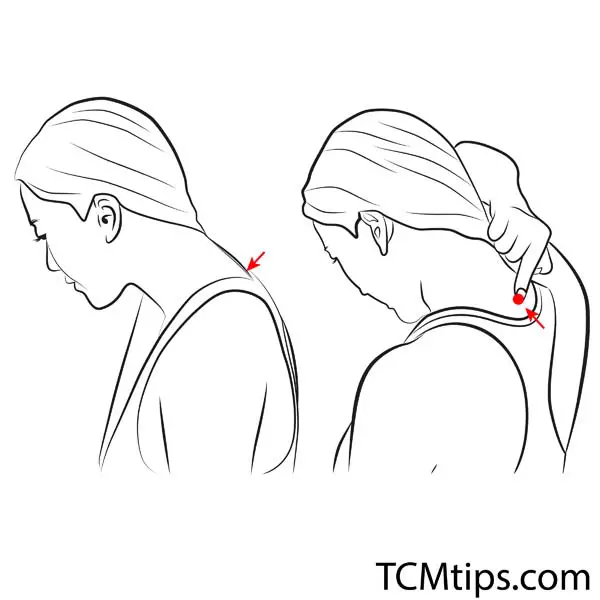
Supporting a healthy immune system is important when it comes to coping with allergies, which is why our next acupressure point is also commonly used as a pressure point for tonsils. Governing Vessel 14 is known to enhance immune function and help clear pathogens, which is ideal for resolving allergic reactions. When you stimulate GV-14, you support balance in your immune system. A healthy balanced immune system is what prevents your body from overreacting to pollen and other triggers of hay fever, reducing your overall symptoms.
GV-14 is a central point located on the seventh cervical vertebrae, but it isn’t always easy to reach without help. Pointing a hairdryer towards this acupoint is a great way to stimulate it with heat and reap the benefits without bending too far or asking for assistance.
Acupoint: Bl-2 (Other Names: Urinary Bladder-2/Zan Zhu/Gathered Bamboo)
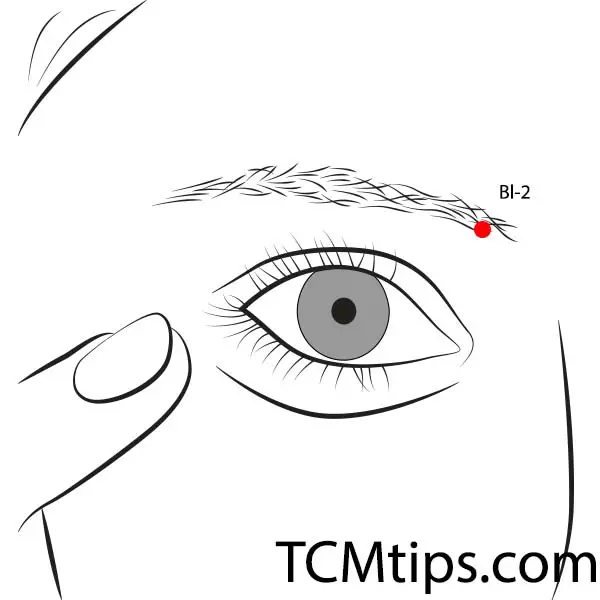
The bladder channel is significantly important when it comes to healing and balancing the health of the eyes. Bl-2 is often listed in acupressure points for double vision, but it is also an effective point for treating the eye itchiness that comes with hay fever. Stimulating this point is a great alternative for rubbing and possibly further irritating your eyes.
To find Bl-2, also known as Zan Zhu, you should trace your eyebrows to the innermost point. Once you reach this point, you should feel a slight depression. This depression lays on the supraorbital notch, meaning that it is in the upper portion of the bone surrounding your eye sockets. As with any other point around the eye, Bl-2 should be stimulated with gentle and careful pressure to avoid damaging any sensitive areas around the eyes.
Acupoint: EM-7 (Other Names: Bi Tong)
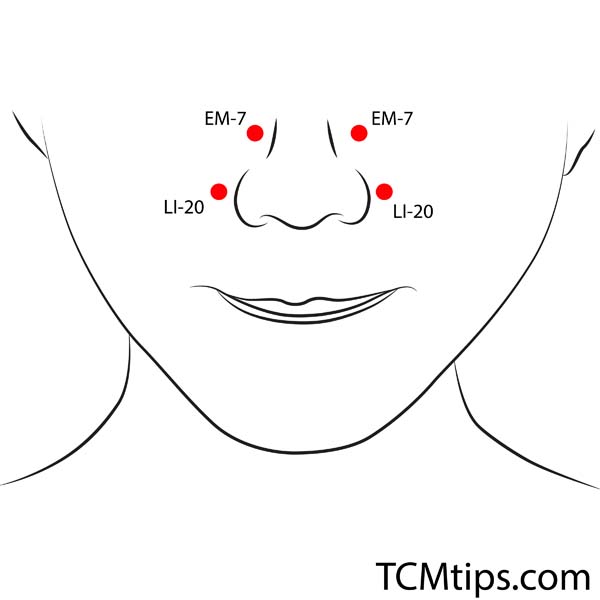
Bi Tong, or EM-7, is unique and effective when it comes to acupressure for sinus infection. This point has the ability to dispel congestion in the sinuses, especially directly around the nose. The stimulation of EM-7 reduces most fever symptoms, including sneezing and congestion, and it can even stop a runny nose. This point is excellent for reducing allergy symptoms on the go, but it is worth noting that it is most effective if stimulated proactively on a regular basis.
To locate EM-7, you can start by identifying LI-20 on either side of your nose. EM-7 will sit on either side of the bridge of your nose, right where your nose blends into your cheeks. It is about one finger width up from LI-20 on each side.

Try our Anti-Aging Gua Sha Tool designed to bring out your skin’s natural glow.
Best Gua Sha Product- Anti-Aging: The tool is designed to target 11 specific aging signs such as wrinkles and sagging skin. By following the 7-step routine, users can improve skin firmness and reduce fine lines naturally.
- Enhances Skincare Routine: It works effectively with serums and lotions, boosting absorption and efficacy of skincare products.
- Visible Skin Improvement: Users can expect a smoother complexion, reduced puffiness, and a more youthful appearance.
 P. Sze
P. Sze 